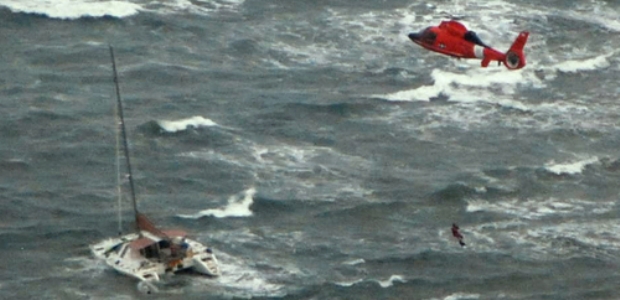
Drowning Kills 372,000 Annually Worldwide, WHO Reports
The report says those younger than 5 are at the greatest risk. More than half of all drowning deaths are people younger than 25.
The World Health Organization released a report Nov. 17 about the global death toll due to drowning -- 372,000 people die each year from drowning, with those younger than 5 at the greatest risk. This was WHO's first such report. "Global Report on Drowning: Preventing a Leading Killer" shows that drowning is among the 10 leading causes of death for children and young people in every region.
The report's findings include:
- Globally, more than half of all drowning deaths are people younger than 25, and the highest rates for drowning are among children under 5 years of age.
- Males are twice as likely to drown as females.
- More than 90 percent of drownings occur in low- and middle-income countries, with the highest rates in African, Southeast Asia, and the Western Pacific region.
The report calls increasing efforts and resources to prevent drownings and outlines several actions to be taken by both national policy-makers and local communities.
"Drowning is a needless loss of life. Action must be taken by national and local governments to put in place the simple preventive measures articulated by WHO," said Dr, Margaret Chan, WHO's director-general. "Efforts to reduce child mortality have brought remarkable gains in recent decades, but they have also revealed otherwise hidden childhood killers. Drowning is one. This is a needless loss of life. Action must be taken by national and local governments to put in place the simple preventive measures articulated by WHO."
The recommended strategies for local communities include installing barriers to control access to water; providing safe places such as day care centers for children; teaching children basic swimming skills; and training bystanders in safe rescue and resuscitation. At the national level, interventions include adoption of improved boating, shipping, and ferry regulations; better flood risk management; and comprehensive water safety policies.
WHO noted that, according to a number of studies from high-income countries, deaths due to drowning may be considerably underestimated. Official data do not include drownings from suicide, homicide, flood disasters, or incidents such as ferry capsizes. "I believe that you can't manage what you don't measure – and there's never been a comprehensive effort to measure drowning around the world until now," said Michael R. Bloomberg, the former mayor of New York City and founder of Bloomberg Philanthropies, which funded the report. "The more evidence we can gather, the better we'll be able to tailor our prevention efforts – and the global report on drowning is a big step in the right direction."